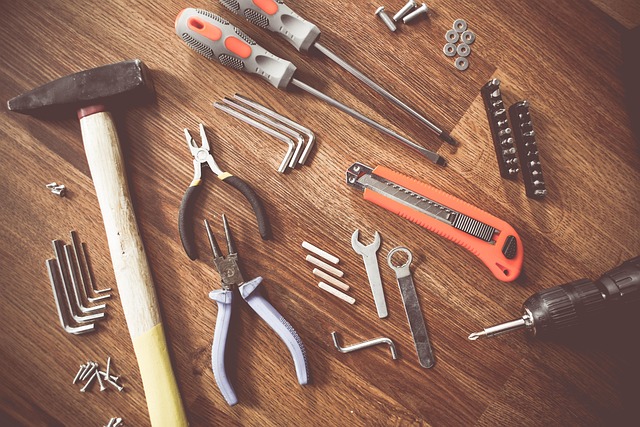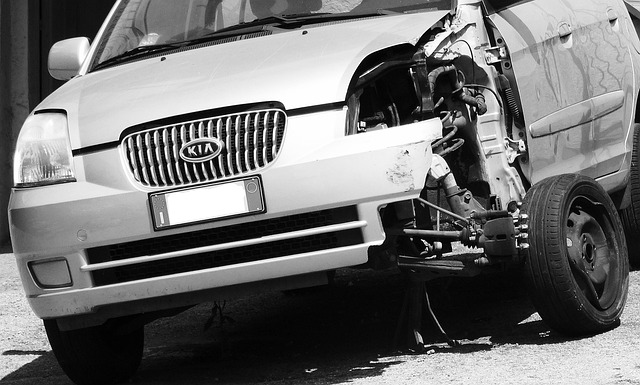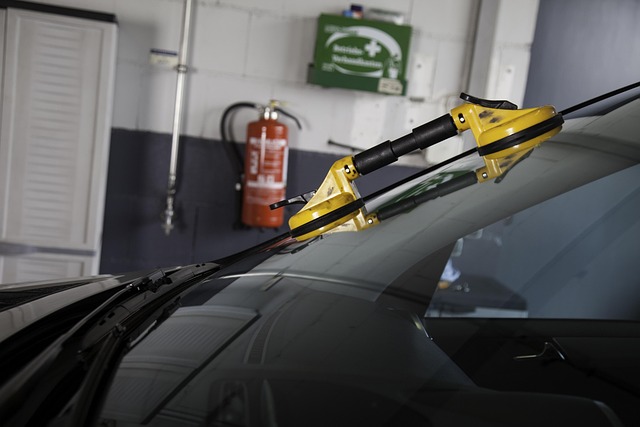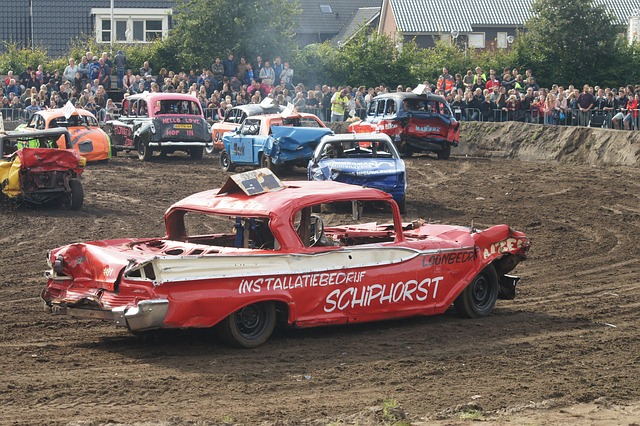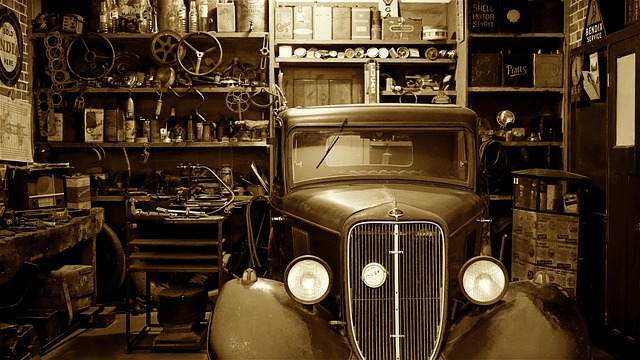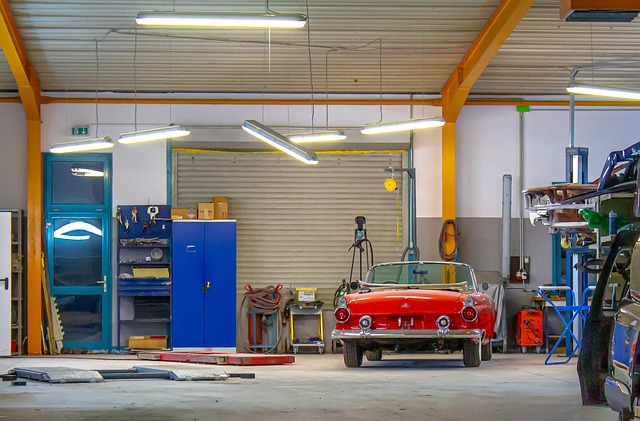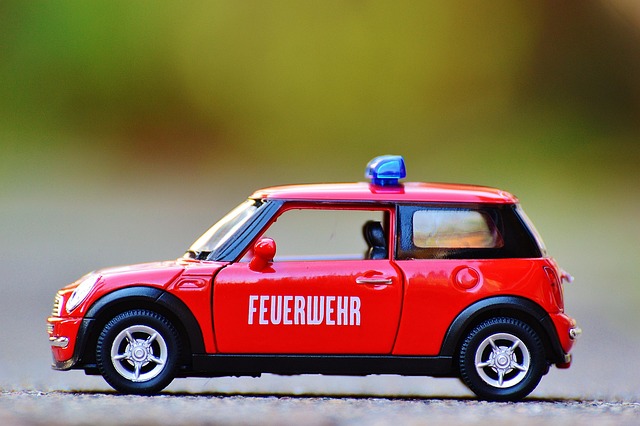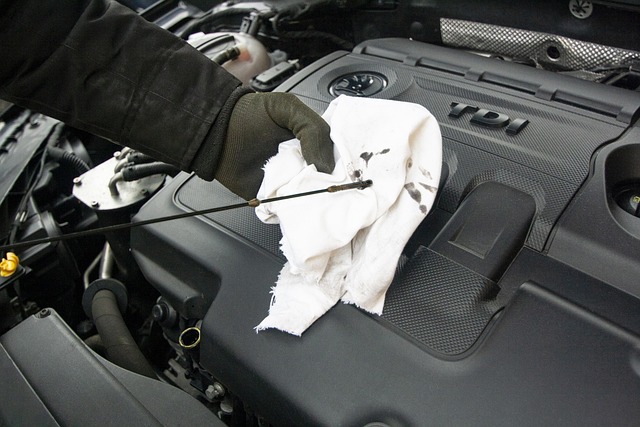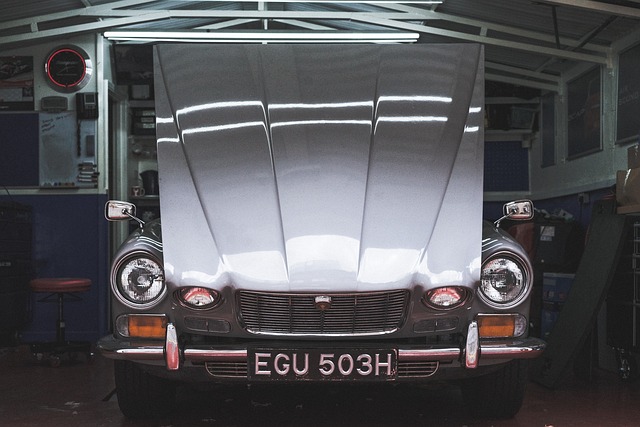Repair facility safety is a multifaceted challenge in dynamic auto repair environments due to diverse tasks, hazards like toxic substances, noise, and falling objects, and varying employee skill levels. Effective management involves adhering to industry standards, regular safety assessments, open communication, and continuous protocol updates to minimize accidents, promote efficient operations, and ensure worker well-being. Tailored safety measures, regular training, and innovative practices are essential for maintaining high-quality repair service standards.
In the dynamic realm of automotive services, ensuring robust safety standards within repair facilities is an ongoing imperative. Repair facility safety isn’t a one-time achievement but demands continuous improvement efforts to mitigate unique challenges. These include identifying common hazards like slippery surfaces, heavy machinery, and toxic substances, along with managing diverse work activities. This article explores why sustained focus on safety is vital, delving into its benefits—from elevated employee morale to reduced accident rates—and highlighting strategies such as fostering a culture of continuous learning, conducting regular audits, and leveraging technology for enhanced safety.
- Understanding the Unique Challenges of Repair Facility Safety
- – Identifying common hazards in repair facilities
- – The impact of diverse work activities on safety
Understanding the Unique Challenges of Repair Facility Safety

Repair facility safety is a complex and multifaceted challenge that requires continuous improvement efforts. Unlike traditional workplaces, repair facilities face unique hazards due to the dynamic nature of their operations, handling diverse vehicles, and employing various specialized services like car collision repair, auto dent repair, and other intricate maintenance tasks. These activities introduce risks not typically found in more static industrial settings.
For instance, working on vehicle frames, engines, and bodies exposes employees to potential mechanical failures, flying debris, and toxic substances. Moreover, the constant flow of vehicles, tools, and equipment creates a dynamic environment that demands stringent safety protocols. Effective management requires staying abreast of evolving industry standards, adhering to regulatory guidelines, and fostering a culture of safety awareness among all personnel involved in car repair services and other specialized operations within these facilities.
– Identifying common hazards in repair facilities

In any repair facility, from a bustling car body shop to a specialized Mercedes-Benz repair center, there are inherent hazards that must be identified and addressed proactively. Common risks include exposure to harmful chemicals, noise pollution, and potential injury from heavy machinery or falling objects. For instance, the process of dent removal can generate loud noises and create dust, which may pose respiratory issues if not properly controlled. Additionally, the handling of automotive fluids, paints, and other materials requires careful consideration to prevent environmental contamination and health hazards among employees.
Regular safety assessments are crucial in uncovering these common hazards. Repair facility managers should encourage open communication among staff to identify potential risks and foster a culture where safety is everyone’s responsibility. By regularly reviewing and updating safety protocols, they can ensure that their car body shop or Mercedes-Benz repair center remains a secure environment for workers, minimizing accidents and promoting efficient operations.
– The impact of diverse work activities on safety

In a repair facility, safety is a multifaceted concern shaped by the diverse work activities that take place daily. With various tasks ranging from intricate vehicle bodywork to complex mechanical repairs, ensuring a secure environment requires constant vigilance. Every activity involves unique risks—from handling hazardous materials to operating heavy machinery—that demand tailored safety measures. The dynamic nature of auto repair services means workers constantly adapt to new challenges, making continuous improvement efforts vital for repair facility safety.
Diverse work activities also mean a wide range of personnel with varying skill levels and experience. Training and education become key tools in fostering a culture of safety where every employee understands their role in preventing accidents. By regularly updating safety protocols and incorporating innovative practices, repair facilities can mitigate risks effectively, ensuring the well-being of their workforce and the quality of auto repair services they provide.
Repair facility safety is an ever-evolving landscape, demanding continuous improvement efforts to mitigate risks effectively. By identifying and addressing common hazards, such as slippery surfaces, heavy equipment, and toxic substances, facilities can create a safer environment for employees. Understanding the diverse work activities conducted within repair shops, from welding to chemical handling, is crucial in implementing tailored safety measures. Regular training, well-maintained equipment, and clear communication protocols are game-changers in enhancing repair facility safety. These proactive strategies ensure that both workers and management remain vigilant, fostering a culture of safety that ultimately benefits the entire operation.
